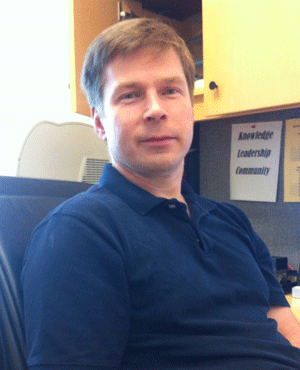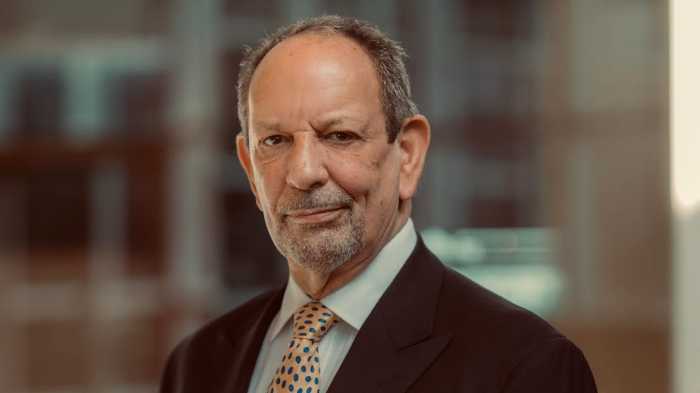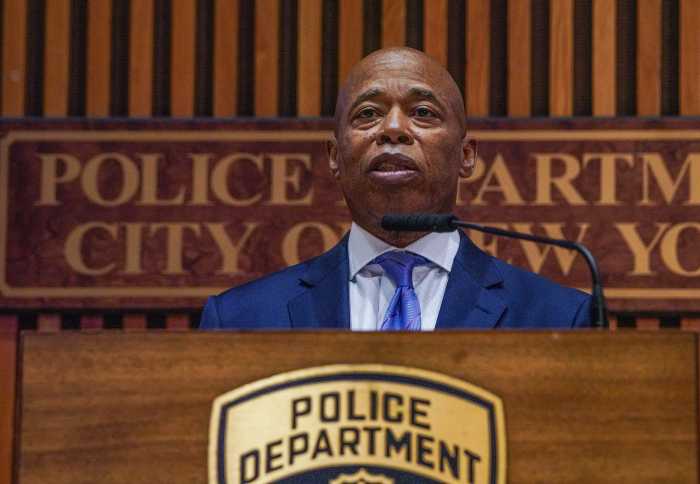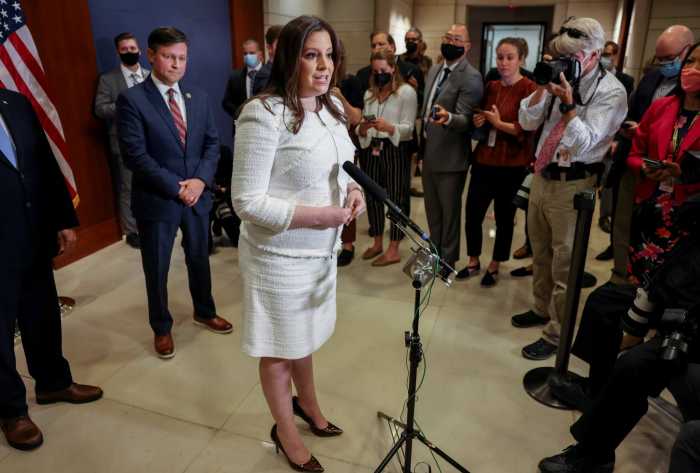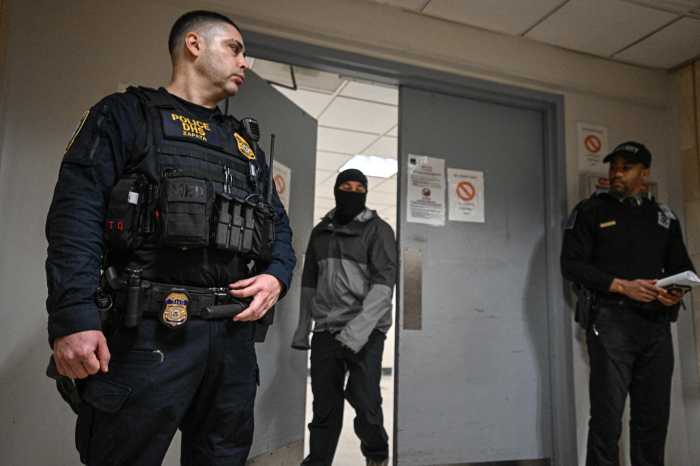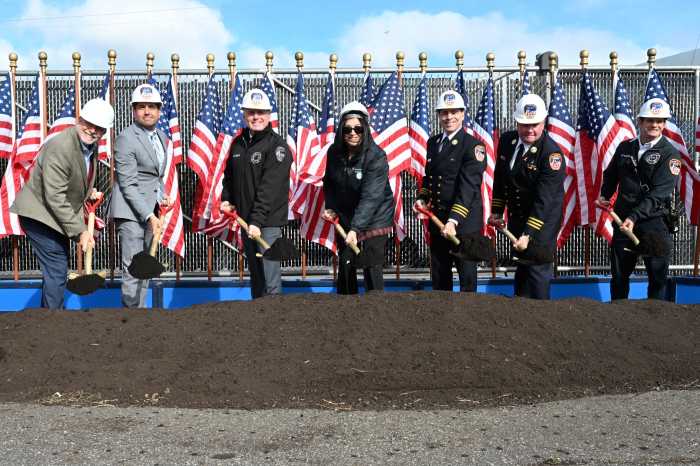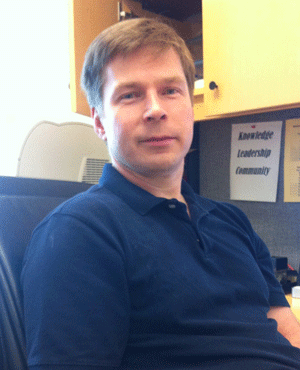 As of this month, Colin McEvoy has taken the helm at Millennium High School — replacing Robert Rhodes, who served as principal of the school since its founding in 2002. In a phone interview with the Downtown Express, McEvoy spoke to his past work experience at Millennium, recent changes at the school and its continual need for more classrooms and sports fields. BY ALINE REYNOLDS | You’ve worked at Millennium High in a different capacity, right? Yes. I’ve been a history teacher for the past nine years — first global studies, then U.S. history — and for the past two years, I served as assistant principal. How and when did you get involved with Millennium High? I’ve worked with Robert at Millennium since its founding. He told me he was starting a school when I met him by chance near the city Department of Education headquarters on Centre Street. I’ve watched the school gradually grow to three floors…and we had successively larger student bodies. How has the school evolved since its founding? I don’t think the program has changed. There’s a longstanding commitment to academic rigor and creating opportunities for students, despite withering budget cuts. It’s only this past year that we saw the first really major shift in terms of what students experienced. For nine years, we had advisory groups, in which groups of students were assigned to a single teacher for all four years of their time at Millennium. Budget cuts forced us to compress that from five periods a week to three periods a week. What we lost is two days of supervised reading sessions. Reading has a tremendous emotional pull for me — I’m a little nostalgic about it, but I’m also a realist. But it’s very hard to make people read for pleasure. So, we think the overall program was actually strengthened. Former principal Robert Rhodes told us the school has been operating at 120 percent capacity for several years now. Is there a solution in sight to this overcrowding problem? If you’ve seen our space, we have no cause for complaint or criticism…we have a certain responsibility to serve as many students as we can, but there’s also a certain reality that, if you want to offer programs, you need to fund them. Creating additional classrooms would require getting additional floor space, and I’m under no illusion that those are realistic or even possible solutions. The school’s soccer team is still in need of a home field for practice and games. How do you hope to solve this problem? The competition for educational space is equally valid and maybe more combative when it comes to sports! We’re going to try and explore options and develop partnerships. We’d like to have an outdoor space to play in reliably. We’re also trying to develop girls’ softball and a dedicated girls’ soccer team: each time one of those programs crops up, we’re increasing our need for practice space. And what about the school’s need for a gymnasium? Well, there’s also an issue with the indoor teams like girls’ and boys’ basketball, since we don’t have a gym of our own, and the efforts to get a dedicated gym space are not coming to fruition. We don’t want to stop running programs and saying to our students, ‘Guess what, we’re not having sports.’ So now, we have to focus on building the relationships. This past season, we used the Chinatown YMCA for some basketball games and had some indoor practice at P.S. 276. We also have benefited from Pace University High School and M.S. 131. Where do you live? I’m based in Greenwich, Connecticut. It’s funny — I ride the train with a lot of my neighbors, and a lot of them go to Wall Street. The irony is, they’re going to their financial institutions or their law firms. When I say there’s a school here, they don’t believe me! Did you go to a public school as a kid? Yeah — through the eighth grade. What’s the public school situation in Greenwich compared to Lower Manhattan? I think suburban education and urban education has always been profoundly different — in terms of funding, staffing and physical resources. In Connecticut, if they need more space, they can expand within their lot. And if it becomes that big of an issue, they can pursue an adjacent piece of property through eminent domain, and the schools could be increased with additions or annexes. I don’t think stakeholders in the city think education is less important — we just run up against the reality that space is limited.
As of this month, Colin McEvoy has taken the helm at Millennium High School — replacing Robert Rhodes, who served as principal of the school since its founding in 2002. In a phone interview with the Downtown Express, McEvoy spoke to his past work experience at Millennium, recent changes at the school and its continual need for more classrooms and sports fields. BY ALINE REYNOLDS | You’ve worked at Millennium High in a different capacity, right? Yes. I’ve been a history teacher for the past nine years — first global studies, then U.S. history — and for the past two years, I served as assistant principal. How and when did you get involved with Millennium High? I’ve worked with Robert at Millennium since its founding. He told me he was starting a school when I met him by chance near the city Department of Education headquarters on Centre Street. I’ve watched the school gradually grow to three floors…and we had successively larger student bodies. How has the school evolved since its founding? I don’t think the program has changed. There’s a longstanding commitment to academic rigor and creating opportunities for students, despite withering budget cuts. It’s only this past year that we saw the first really major shift in terms of what students experienced. For nine years, we had advisory groups, in which groups of students were assigned to a single teacher for all four years of their time at Millennium. Budget cuts forced us to compress that from five periods a week to three periods a week. What we lost is two days of supervised reading sessions. Reading has a tremendous emotional pull for me — I’m a little nostalgic about it, but I’m also a realist. But it’s very hard to make people read for pleasure. So, we think the overall program was actually strengthened. Former principal Robert Rhodes told us the school has been operating at 120 percent capacity for several years now. Is there a solution in sight to this overcrowding problem? If you’ve seen our space, we have no cause for complaint or criticism…we have a certain responsibility to serve as many students as we can, but there’s also a certain reality that, if you want to offer programs, you need to fund them. Creating additional classrooms would require getting additional floor space, and I’m under no illusion that those are realistic or even possible solutions. The school’s soccer team is still in need of a home field for practice and games. How do you hope to solve this problem? The competition for educational space is equally valid and maybe more combative when it comes to sports! We’re going to try and explore options and develop partnerships. We’d like to have an outdoor space to play in reliably. We’re also trying to develop girls’ softball and a dedicated girls’ soccer team: each time one of those programs crops up, we’re increasing our need for practice space. And what about the school’s need for a gymnasium? Well, there’s also an issue with the indoor teams like girls’ and boys’ basketball, since we don’t have a gym of our own, and the efforts to get a dedicated gym space are not coming to fruition. We don’t want to stop running programs and saying to our students, ‘Guess what, we’re not having sports.’ So now, we have to focus on building the relationships. This past season, we used the Chinatown YMCA for some basketball games and had some indoor practice at P.S. 276. We also have benefited from Pace University High School and M.S. 131. Where do you live? I’m based in Greenwich, Connecticut. It’s funny — I ride the train with a lot of my neighbors, and a lot of them go to Wall Street. The irony is, they’re going to their financial institutions or their law firms. When I say there’s a school here, they don’t believe me! Did you go to a public school as a kid? Yeah — through the eighth grade. What’s the public school situation in Greenwich compared to Lower Manhattan? I think suburban education and urban education has always been profoundly different — in terms of funding, staffing and physical resources. In Connecticut, if they need more space, they can expand within their lot. And if it becomes that big of an issue, they can pursue an adjacent piece of property through eminent domain, and the schools could be increased with additions or annexes. I don’t think stakeholders in the city think education is less important — we just run up against the reality that space is limited.
Read more: Dispute Over City Funds in Chinatown



